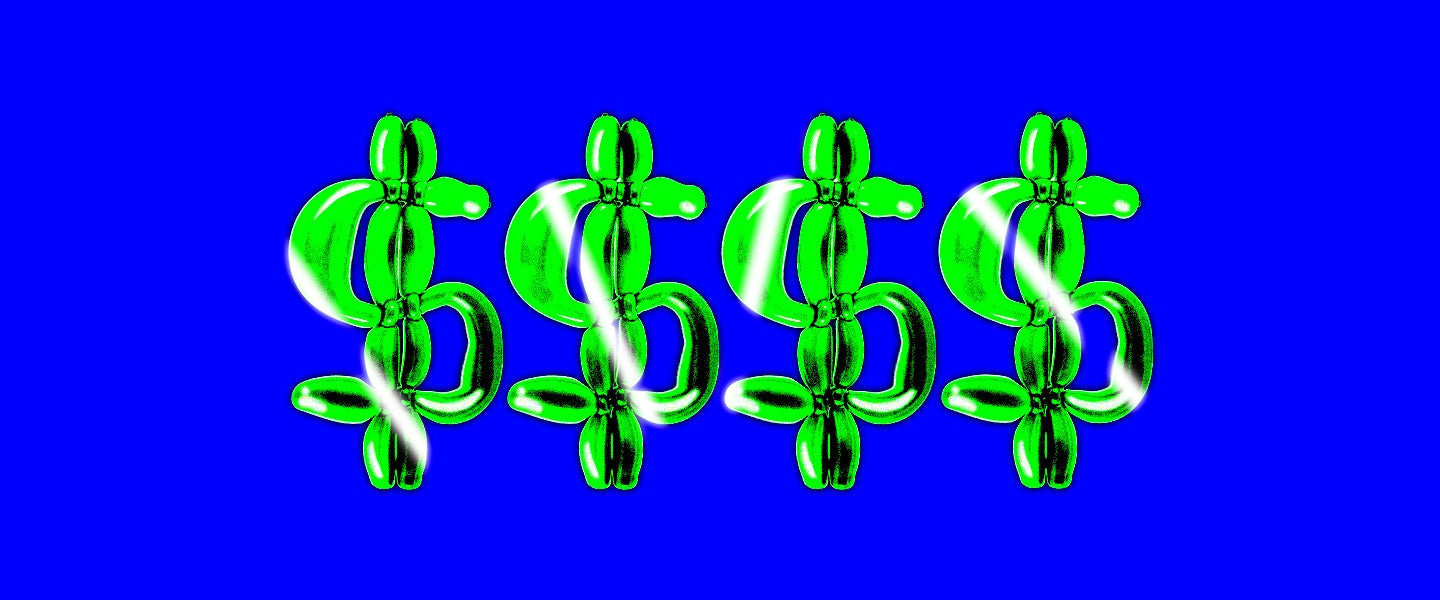How’s your bank account looking these days? Dreading the next round of bills? Hey, rent is due in two weeks!
Maybe you can borrow some cash from the collector set to pay $91 million for Rabbit, a stainless-steel 1986 statue by Jeff Koons, rendered in his famous balloon-animal style. Seeing as they broke the record for most expensive work by a living artist to grab this piece of shit, their pockets must be deep.
“The Rabbit” by Jeff Koons sold for $91.1 million, including fees, smashing the record at auction for a work by a living artist https://t.co/nrCE5D1LAA
— The New York Times (@nytimes) May 16, 2019
Look: The art world is a joke. That’s nothing new; a great deal of art made in the last century is a direct response to the vaporous trends, status, critical consensus and power alliances that determine a piece’s theoretical value. Have you heard of Fountain, the iconic autographed urinal most people think of as broaching this topic? Marcel Duchamp yoinked that from the pioneering Dada artist Elsa von Freytag-Loringhoven. There is no justice and no meaning in this landscape, only individual, easily manipulated taste, which is why it provides the clearest window onto the absurdity of late empire.
At a time when American wealth inequality is pre–Great Depression level — when nearly two-thirds of the country believe “upper income people” pay too little in taxes, and nearly as many support 2020 candidate Elizabeth Warren’s proposal to levy a wealth tax on households with a net worth in excess of $50 million — some bozo spending nearly twice as much on an overhyped ode to 1980s kitsch really does feel like a harbinger of bloody revolution.
It’s more galling when you consider that this megarich person bought it as an investment, anticipating rise in stature (Rabbit sold to its previous owner, Si Newhouse, for around $1 million in 1992). Or that the outrageous bid was placed by dealer Robert Mnuchin, father of Trump’s brazenly corrupt Treasury Secretary, Steve Mnuchin — one of the cabinet’s wealthiest members, he of the viral “printing money” photo op.
Here’s one more fun fact: $91 million is also the amount of humanitarian assistance China last year pledged to Syria, Yemen, Jordan and Lebanon, four entire fucking nations, in hopes of attaining influence in the Middle East.
The very same sum that will now be split among Christie’s auction house and the Newhouses, a family worth billions.
“The idea we should put murderers in jail is a big applause line on the campaign trail. But it gets a very different reaction among murderers.”
— C.A. Pinkham (@EyePatchGuy) May 12, 2019
Circulation of obscene capital among elites, assets you or I couldn’t hope to squander in a lifetime, is a global problem: Christie’s also sold Leonardo da Vinci’s Salvator Mundi, one of fewer than 20 known works by the Renaissance titan, to Saudi royalty for a record-setting $450 million just two years ago. Afterward, its public exhibition was indefinitely delayed, and now we don’t have a clue where it is. Commenting on the sale at the time, former Metropolitan Museum of Art director Thomas Campbell told the Guardian that the price “should come as no surprise in a market where speculation, marketing and branding have displaced connoisseurship as the metrics of value.” The same quote would apply wherever the One Percent are present — throwing money into Silicon Valley sinkholes like Uber and Theranos, because even if these gambles go sour, it’s all basically Monopoly money, a drop in the bucket, nothing they can’t afford to lose.
Can anyone besides the people sitting atop a mountain of affluence make a credible case for why the rest of us should not take a cut of this action? And do those billionaires look forward to sealing themselves inside a fortress with priceless paintings as the rest of society collapses into Children of Men–style ruin around them?
The wealthiest among us have always been shameless in their plutocratic sport, but it is their trading of and haggling over objects that [Indiana Jones voice] BELONG IN MUSEUMS that bares the extent of their madness, how hopelessly far they are from giving a shit about a broken healthcare system, or failing public schools, or the crushing weight of poverty.
If they insist on making these (often) beautiful works of art the game tokens in a battle of bank accounts, they owe our drowning civilization a processing fee for each and every move. At least the aristocracy of previous ages would have to patronize an artist directly, evaluating work for themselves, possibly coaxing forth a masterpiece or two.
"But if we tax the rich more, they won't have any money to hire people with!"
— Loyal "something clever" Hall (@HeRunsWScissors) May 16, 2019
Enough. Tax these pretentious dopes for their tackiness. For pretending they’re actually middle class, or that they simply can’t afford to throw more into the pot, then turning around and writing a check with eight or nine digits to seem cultured and market-savvy. Make them pay a little dearly for the greater good, and maybe we’ll find out just how much that shiny Koons bunny is really worth.

